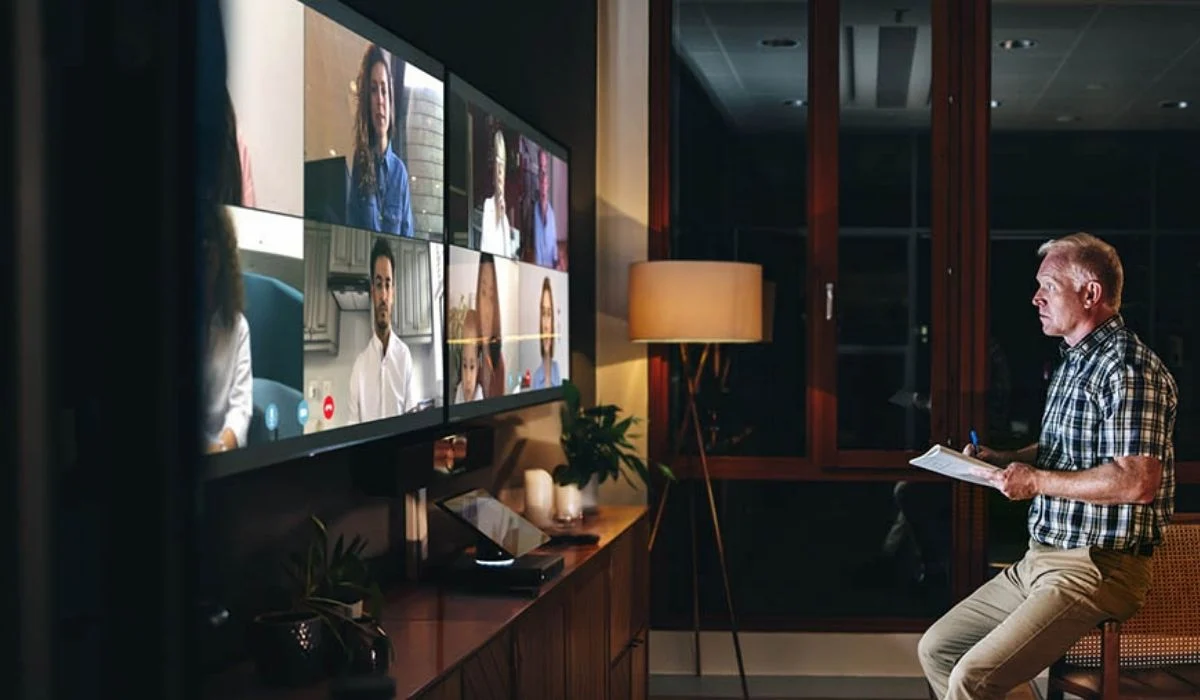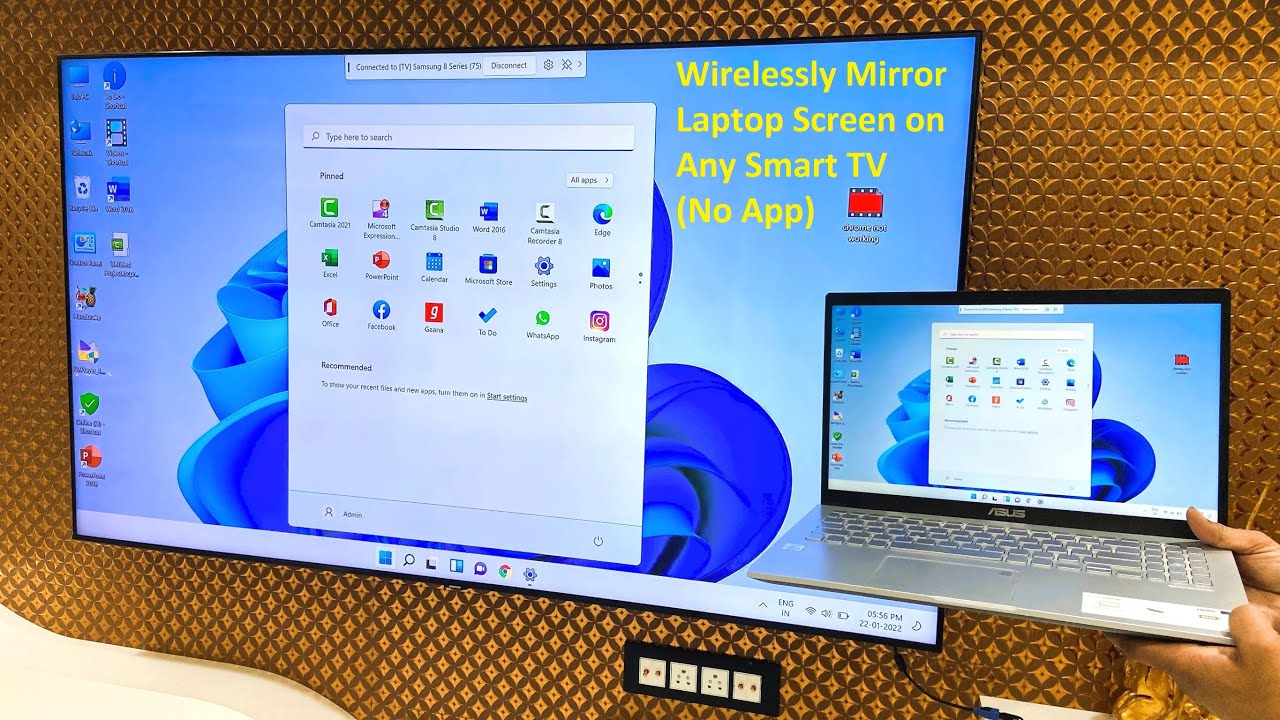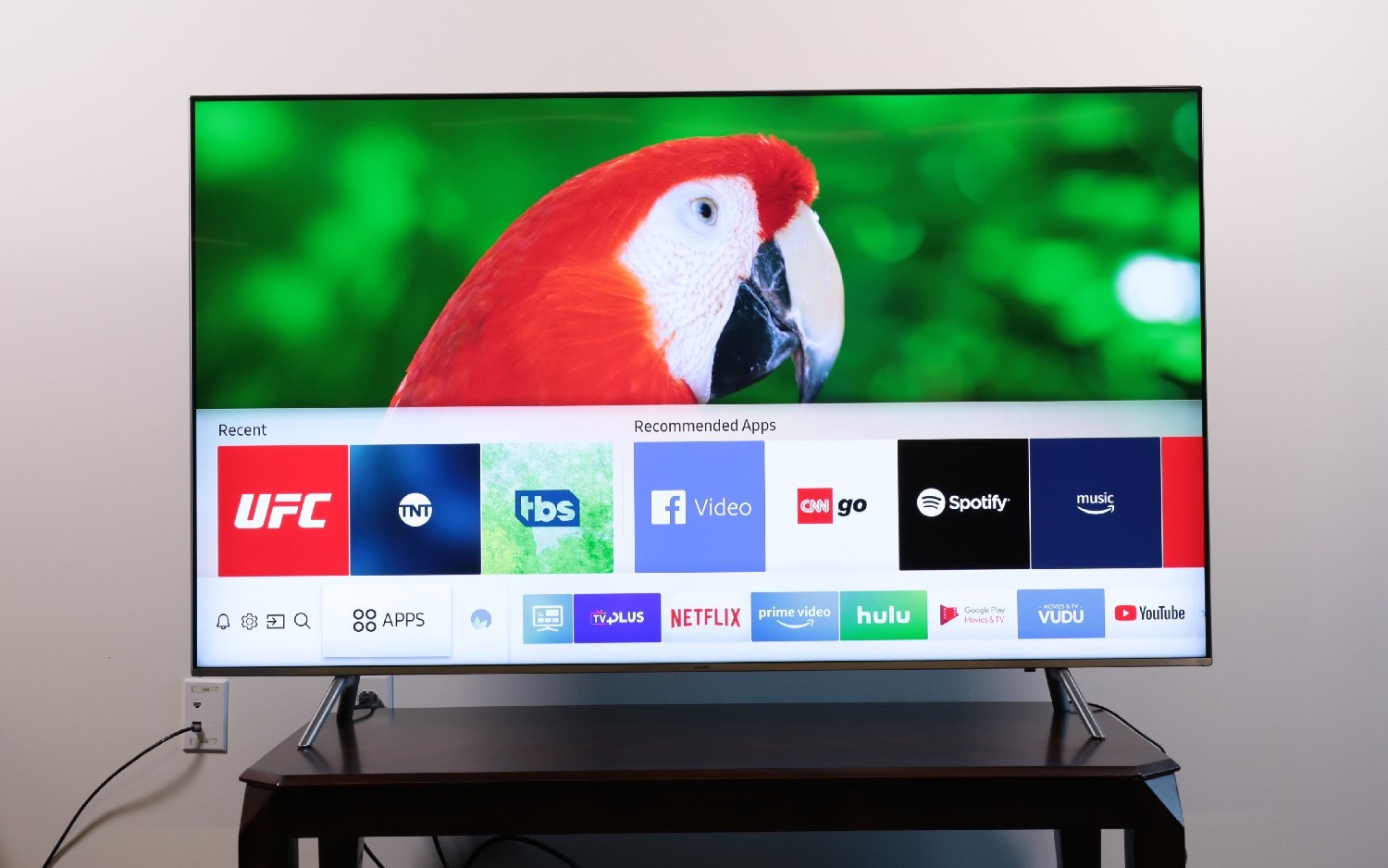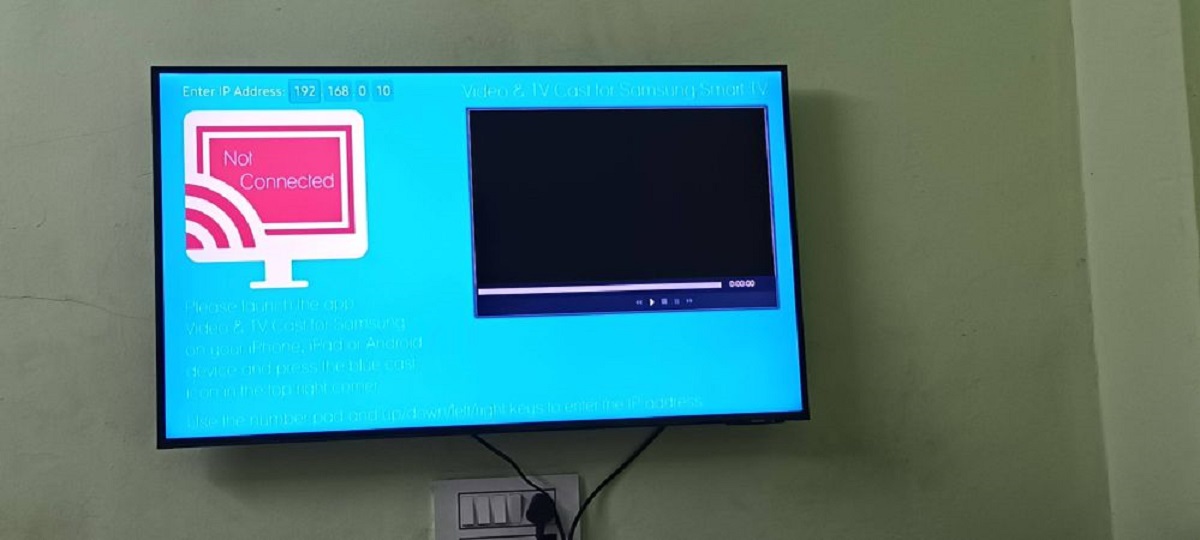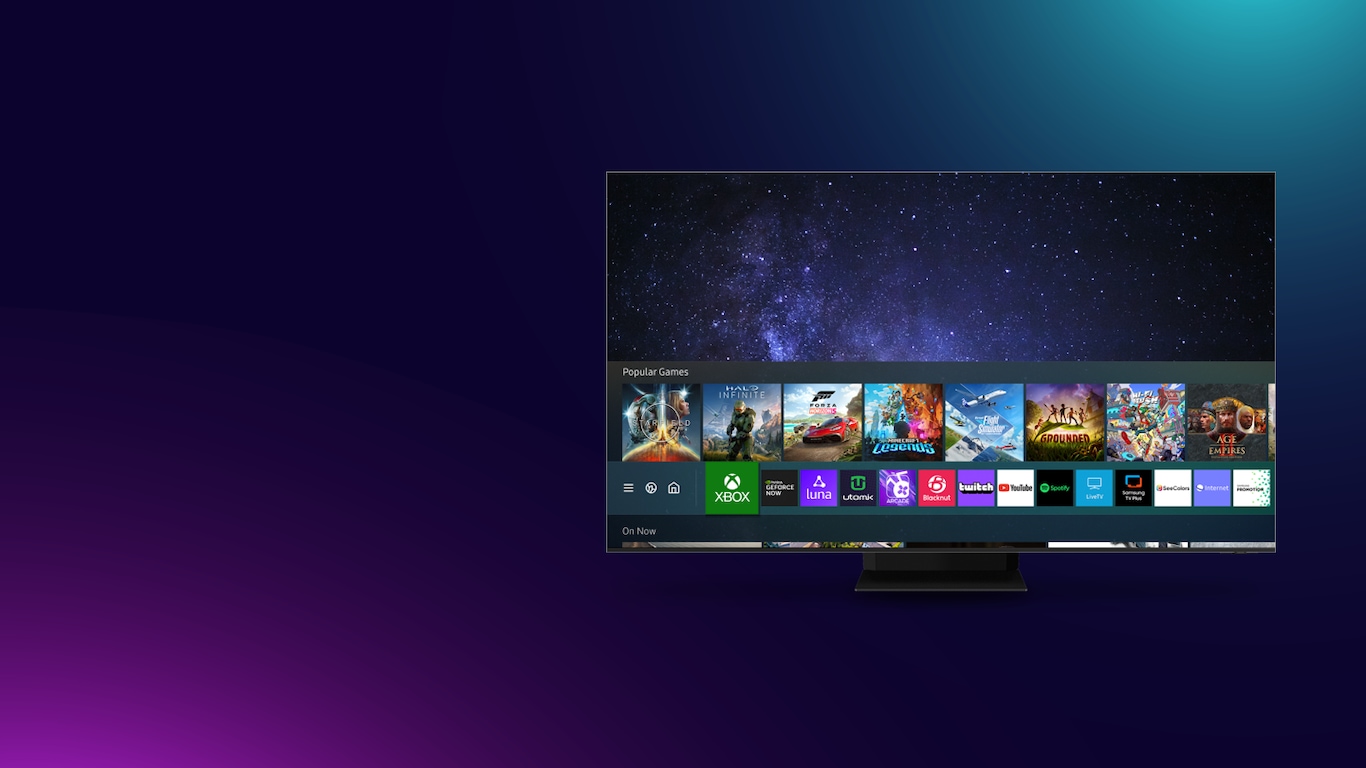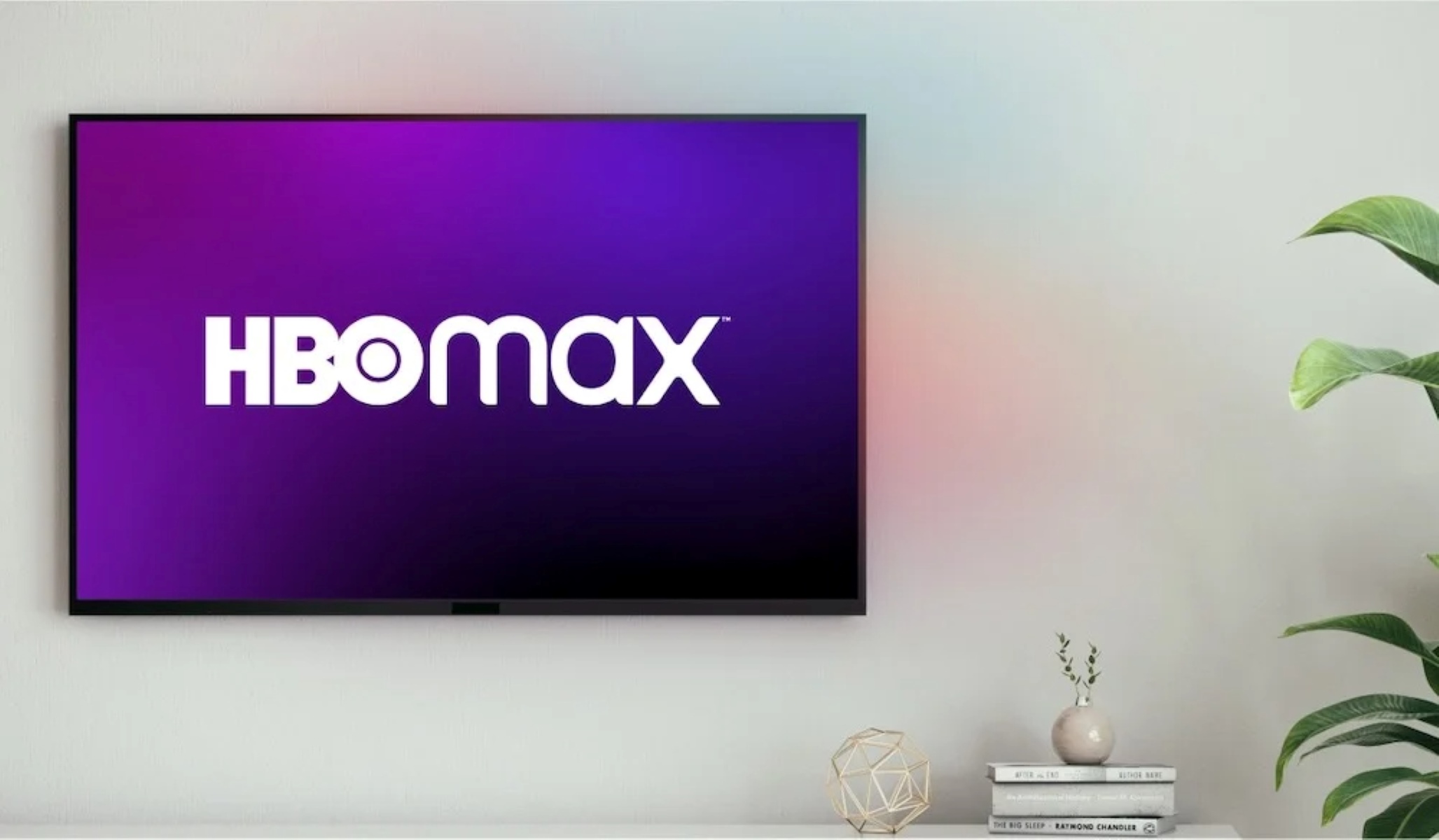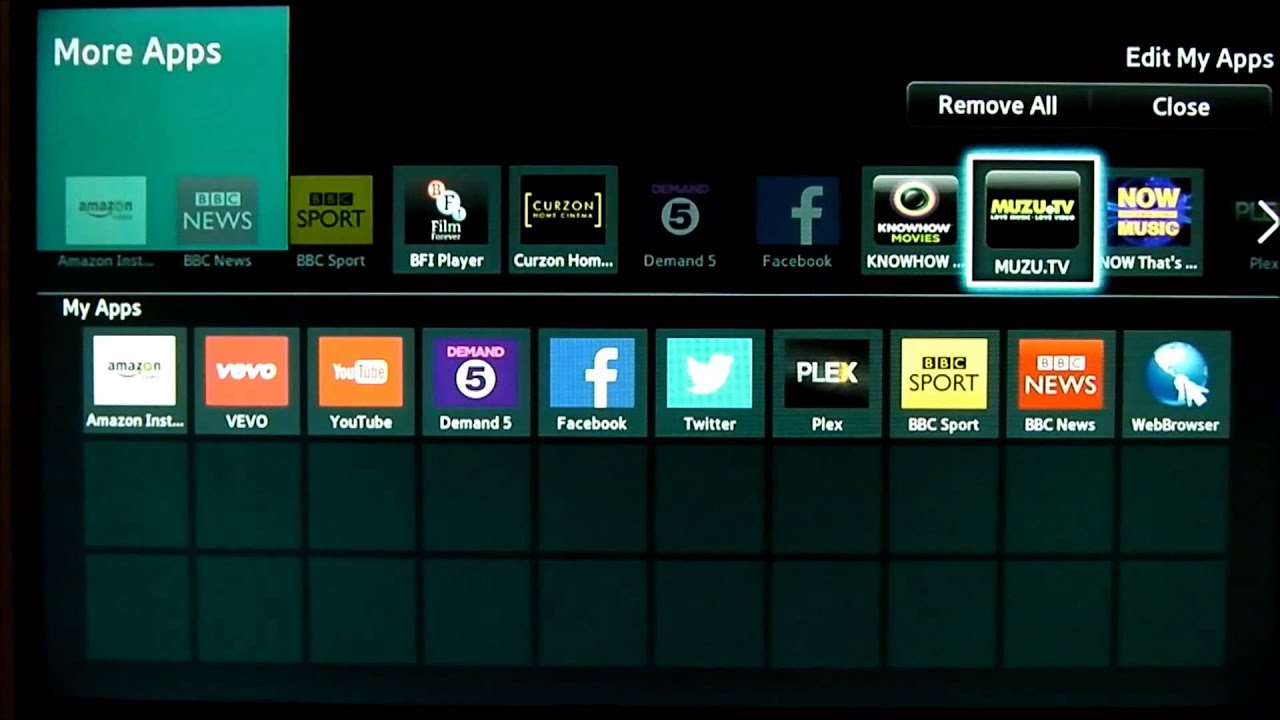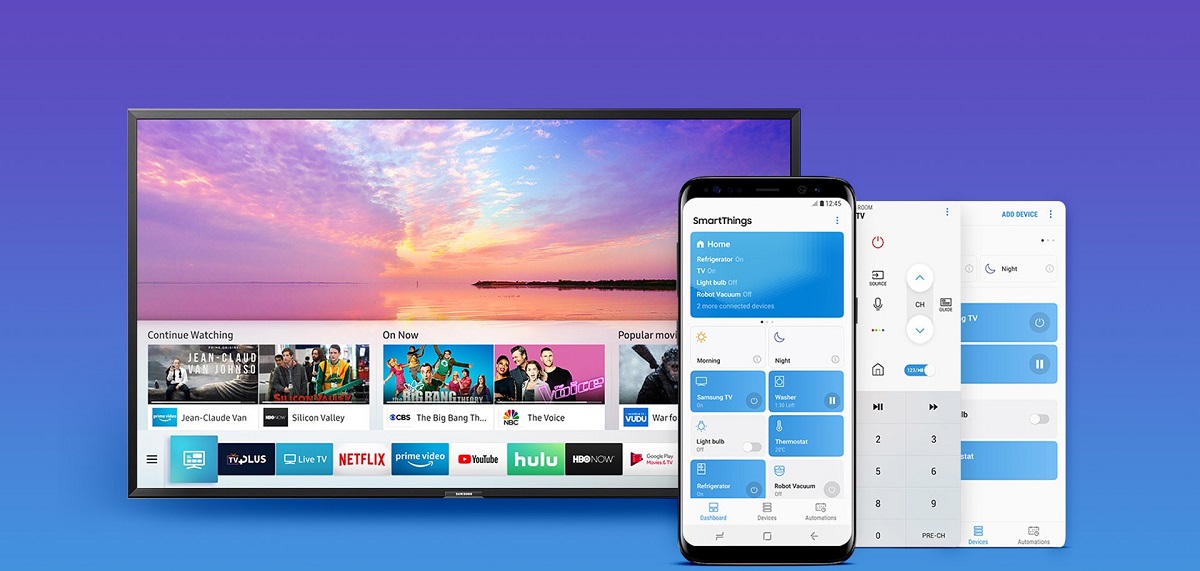Introduction
With the rapid advancements in technology, the ways we interact with our devices are constantly evolving. One exciting development is the ability to mirror the content of our computers onto a larger screen, such as a Samsung Smart TV. This feature, known as screen mirroring, allows you to display your computer’s screen on your TV, offering a more immersive and enjoyable viewing experience.
Whether you want to share presentations, videos, or simply browse the internet on a larger display, screen mirroring can be a valuable tool. Gone are the days of huddling around a small laptop screen; now, you can enjoy all the functionalities of your computer on a big, high-definition TV.
In this article, we will explore the benefits of screen mirroring and guide you through the process of connecting your computer to a Samsung Smart TV. Whether you’re a tech enthusiast or a casual user, this information will help you make the most of your devices and take your entertainment to the next level.
So, if you’ve ever wondered how to mirror your computer to a Samsung Smart TV, you’ve come to the right place. Read on to learn more about this fantastic feature and how to make it work for you.
What is Screen Mirroring?
Screen mirroring, also known as screen sharing or screen casting, is a technology that allows you to display the contents of one device onto another device’s screen. In the context of connecting a computer to a Samsung Smart TV, screen mirroring enables you to project your computer’s display onto the TV screen wirelessly.
Essentially, screen mirroring creates a mirror image of your computer’s screen on the Samsung Smart TV, making it ideal for various purposes. Whether you want to watch a movie, give a presentation, or play games, screen mirroring offers a seamless way to enjoy multimedia content on a larger screen.
To establish a screen mirroring connection, your computer and Samsung Smart TV need to be connected to the same Wi-Fi network. Once the connection is established, your computer’s desktop, applications, and other content will be replicated onto the TV screen in real-time.
It’s important to note that screen mirroring is not limited to specific operating systems or devices. Whether you have a Windows PC, MacBook, or even a smartphone, you can usually find screen mirroring capabilities within the settings or display options of the device.
Screen mirroring offers a convenient way to share content with a broader audience. For example, if you’re giving a presentation or sharing a slideshow, you can easily display it on a Samsung Smart TV, allowing everyone in the room to see the content more clearly. Additionally, screen mirroring is ideal for streaming content from online platforms, such as Netflix or YouTube, as it provides a more immersive viewing experience on a larger screen.
In the next sections, we will discuss the benefits of screen mirroring and the requirements for screen mirroring with a Samsung Smart TV. By understanding these aspects, you’ll be well-equipped to make the most of this exciting feature and enhance your entertainment and productivity.
Benefits of Screen Mirroring
Screen mirroring offers a plethora of benefits, making it a valuable feature for both entertainment and productivity purposes. Let’s explore some of the key advantages:
- Enhanced Viewing Experience: By mirroring your computer’s screen onto a Samsung Smart TV, you can enjoy a larger, high-definition display. Whether you’re watching movies, playing games, or simply browsing the internet, the immersive experience of a big screen can enhance your enjoyment.
- Convenience and Flexibility: With screen mirroring, you no longer need to squint at a small laptop screen or huddle around a desk to share content. You can effortlessly project your computer’s display onto a larger TV screen, eliminating the need for additional cables or adapters.
- Easy Content Sharing: Screen mirroring is an excellent tool for sharing content with a wider audience. Whether you’re giving a presentation, showcasing photos, or demonstrating a software application, you can easily mirror your computer’s screen onto a Samsung Smart TV, allowing everyone to view the content comfortably.
- Multitasking Capability: With screen mirroring, you can seamlessly multitask between your computer and the TV screen. For instance, you can have a video playing on the TV while simultaneously working on a document or browsing the web on your computer. This versatility enables you to maximize productivity while enjoying entertainment.
- Wireless Connectivity: Screen mirroring eliminates the need for physical connections, such as HDMI cables. Instead, it utilizes wireless technology, allowing you to connect your computer to a Samsung Smart TV effortlessly. This wireless connectivity provides greater freedom of movement and reduces clutter.
Overall, the benefits of screen mirroring with a Samsung Smart TV are undeniable. It offers an enhanced viewing experience, convenient content sharing, and the flexibility to multitask. Whether you’re a movie enthusiast, a business professional, or a casual user, screen mirroring is a valuable feature that can significantly enhance your digital lifestyle.
Requirements for Screen Mirroring with Samsung Smart TV
Before you can begin screen mirroring with your Samsung Smart TV, there are a few requirements you need to fulfill. Let’s take a look at these requirements:
- Compatible Samsung Smart TV: First and foremost, you need to ensure that your Samsung Smart TV supports screen mirroring. Most Samsung Smart TVs released in recent years come with built-in screen mirroring capabilities, but it’s always a good idea to check the TV’s specifications or user manual to confirm.
- Wi-Fi Network: Both your computer and Samsung Smart TV should be connected to the same Wi-Fi network for screen mirroring to work. This shared network allows the two devices to communicate and establish a seamless connection. Make sure the Wi-Fi signal is strong and stable to avoid any potential interruptions during screen mirroring.
- Operating System Compatibility: Screen mirroring is compatible with various operating systems. Whether you’re using a Windows PC, MacBook, or even a smartphone, you can usually find screen mirroring options within the device’s settings or display preferences. Make sure your computer or device supports screen mirroring, and ensure that it is updated to the latest operating system version.
- Screen Mirroring Software: Depending on your computer’s operating system, you may need to install screen mirroring software or apps. For instance, if you’re using a Windows PC, you can use the built-in “Project to a Second Screen” feature or third-party software like “Samsung Smart View” to facilitate screen mirroring. For Mac users, the AirPlay feature allows for seamless screen mirroring with a Samsung Smart TV. Ensure that you have the necessary software or apps installed and configured correctly.
- Updated Firmware: It’s essential to keep your Samsung Smart TV’s firmware up to date to ensure compatibility with screen mirroring. Check for any available firmware updates through the TV’s settings menu or consult the user manual for instructions. Updating the firmware can provide bug fixes, improved performance, and additional features, including screen mirroring enhancements.
By meeting these requirements, you can ensure a smooth and successful screen mirroring experience with your Samsung Smart TV. Double-check all the necessary elements, follow the instructions specific to your computer and TV, and you’ll be ready to enjoy the benefits of screen mirroring in no time.
Connecting Your Samsung Smart TV to Your Computer
Now that you’re familiar with the requirements, let’s walk through the process of connecting your Samsung Smart TV to your computer for screen mirroring. There are a couple of methods you can use, so choose the one that best suits your needs and available resources.
Method 1: Using Samsung Smart View:
- Ensure that both your computer and Samsung Smart TV are connected to the same Wi-Fi network.
- On your computer, download and install the Samsung Smart View application. This software allows you to wirelessly mirror your computer’s screen onto the TV.
- Launch the Samsung Smart View application on your computer and follow the on-screen instructions to connect to your Samsung Smart TV.
- Once the connection is established, you should see your computer’s screen mirrored on the Samsung Smart TV. You can now enjoy your content on the big screen!
Method 2: Using Video Cable Connection:
- Check if your computer and Samsung Smart TV have compatible video ports. Most modern computers and TVs have HDMI ports, making it a convenient option for a direct video connection.
- Connect one end of the HDMI cable to your computer’s HDMI port and the other end to the HDMI input port on your Samsung Smart TV.
- On your Samsung Smart TV, change the input source to the corresponding HDMI input where you connected the cable.
- Your computer’s screen should now be displayed on the Samsung Smart TV. If not, make sure the HDMI cable is securely connected and try changing the input source on the TV again.
With these methods, you can easily connect your Samsung Smart TV to your computer for screen mirroring. Whether you prefer the convenience of wireless mirroring or the reliability of a cable connection, these options allow you to enjoy your computer’s content on the bigger screen of your TV. Experiment with both methods and choose the one that works best for you.
Now that you’ve learned how to connect your computer to a Samsung Smart TV, you can enjoy a more immersive viewing experience by mirroring your screen. Follow the instructions specific to your devices, explore the settings, and get ready to transform the way you enjoy multimedia content.
Method 1: Using Samsung Smart View
If you prefer a wireless connection for screen mirroring, you can use the Samsung Smart View application. This software allows you to mirror your computer’s screen onto your Samsung Smart TV effortlessly. Follow the steps outlined below to set up screen mirroring using Samsung Smart View:
- Ensure that both your computer and Samsung Smart TV are connected to the same Wi-Fi network. This shared network is necessary for the devices to communicate with each other.
- On your computer, download and install the Samsung Smart View application. This software is available for both Windows and Mac operating systems. Visit the Samsung website or your computer’s app store to download the application.
- Launch the Samsung Smart View application on your computer. Once opened, the application will automatically search for nearby Samsung Smart TVs on your network.
- From the list of available devices, select your Samsung Smart TV. This will initiate the connection between your computer and the TV.
- On your Samsung Smart TV, a pop-up message will appear, asking for permission to allow the connection. Use your TV’s remote control to grant permission for the device to connect.
- Once the connection is established, your computer’s screen will be mirrored on your Samsung Smart TV. You can now navigate your computer and view its content on the big screen.
Using Samsung Smart View provides a convenient and user-friendly way to mirror your computer’s display on your Samsung Smart TV. The wireless connection eliminates the need for cables, allowing you to move freely while enjoying your content on the bigger screen.
Please note that the steps outlined above may vary slightly depending on the version of the Samsung Smart View application and the model of your Samsung Smart TV. Refer to the user manual or support resources provided by Samsung for specific instructions tailored to your devices.
Now that you’re familiar with the process of using Samsung Smart View to connect your computer to your Samsung Smart TV, you can start enjoying the benefits of screen mirroring. Whether you’re watching movies, giving presentations, or sharing photos, screen mirroring enhances your viewing experience and offers a more immersive way to enjoy your computer’s content.
Method 2: Using Video Cable Connection
If you prefer a more direct and reliable connection for screen mirroring, you can use a video cable to connect your computer to your Samsung Smart TV. Follow the steps outlined below to set up screen mirroring using a video cable:
- Check if your computer and Samsung Smart TV have compatible video ports. Most modern computers and TVs have HDMI ports, making it a convenient option for a direct video connection.
- Connect one end of the HDMI cable to your computer’s HDMI port. The HDMI port on your computer may vary depending on the model and manufacturer.
- Connect the other end of the HDMI cable to the HDMI input port on your Samsung Smart TV. The location of the HDMI input port may differ, so consult your TV’s user manual or look for the HDMI label.
- On your Samsung Smart TV, change the input source to the corresponding HDMI input where you connected the cable. Use your TV’s remote control and navigate to the input/source options until you find the appropriate HDMI input.
- Your computer’s screen should now be displayed on your Samsung Smart TV. If not, make sure the HDMI cable is securely connected at both ends. You may also need to verify the input source on the TV again.
Using a video cable connection for screen mirroring provides a stable and reliable connection between your computer and your Samsung Smart TV. It allows you to enjoy your computer’s content on a larger screen without worrying about wireless network stability or compatibility.
Keep in mind that the steps outlined above are specific to HDMI connections. If your computer or Samsung Smart TV has different video ports, such as DisplayPort or VGA, you may need to use the corresponding cables and adaptors to establish the connection.
Now that you’re familiar with the process of using a video cable to connect your computer to your Samsung Smart TV, you can enjoy the benefits of screen mirroring with a more direct and robust connection. Whether you’re watching movies, playing games, or working on a big screen, this method ensures a seamless and reliable experience for displaying your computer’s content on your Samsung Smart TV.







